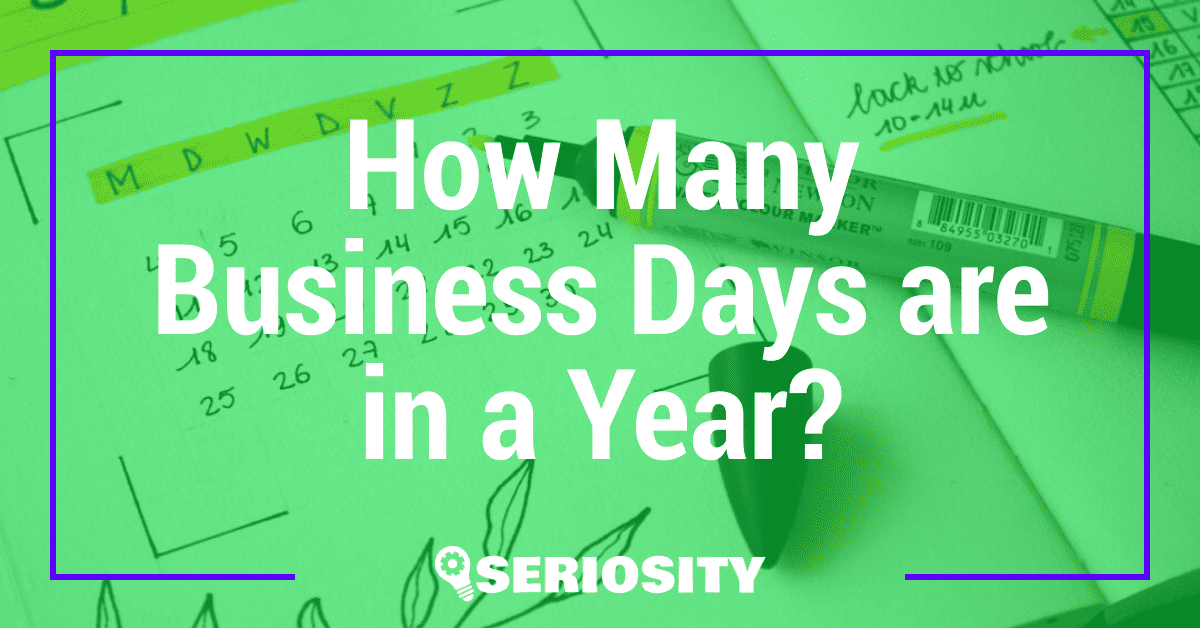Ever wondered why some companies practically give away their products only to charge a premium for the accessories? You’re not alone. This clever strategy, known as the razor and blade business model, has been around for decades and continues to shape how we shop and spend.

Think about your last printer purchase. The printer itself might’ve been a steal, but those ink cartridges? Not so much. This model thrives on getting you hooked with an affordable initial purchase, then banking on the repeat sales of necessary consumables. It’s a win-win for businesses and a fascinating concept for consumers to understand. Let’s dive into how this model works and why it’s so effective.
Key Takeaways
- Razor and Blade Model Explained: The razor and blade business model involves selling a primary product at a low price while charging premium prices for complementary consumables or accessories.
- Historical Roots: Originally popularized by King Camp Gillette in the early 20th century, this model is now prevalent in various industries including consumer electronics and software services.
- Strategic Advantages: This model ensures predictable revenue streams, builds strong customer loyalty, and enhances long-term profitability through regular sales of consumables.
- Industry Applications: Common applications of this model can be seen in printers (low-cost printer, high-cost ink cartridges) and gaming consoles (affordable consoles, expensive games and subscriptions).
- Challenges to Navigate: Implementing this model requires careful handling of market saturation risks and dependence on consumable sales. Businesses need to innovate and create value to remain competitive.
- Successful Implementation: Effective strategies include continuous product innovation, smart pricing tactics, and leveraging customer loyalty programs to maintain engagement and revenue stability.
Understanding the Razor and Blade Business Model
As an entrepreneur with a passion for success, understanding the razor and blade model can give your business a unique edge. This proven strategy can significantly boost your long-term profits.
Definition and Origins
The razor and blade business model involves selling a primary product at a low price and charging premium prices for complementary items or consumables. King Camp Gillette popularized this model in the early 20th century by selling razors cheaply and profiting from disposable blades. This approach has since become a cornerstone in various industries, from printers and cartridges to gaming consoles and software.
- Low Initial Cost: Companies keep the entry price for the main product low to attract more customers. For example, gaming consoles often sell at or near cost to boost initial sales.
- High-Margin Consumables: The real profits come from consumables or accessories that customers need regularly. Consider the price of printer ink compared to the low cost of the printer itself.
- Customer Retention: This model locks in customers, encouraging long-term engagement and higher lifetime value. Breaking away becomes costly or inconvenient, benefiting the business.
- Recurring Revenue: Regular purchases of consumables ensure steady, predictable revenue streams. Subscription-based services often adopt this strategy to maintain consistent income.
- Cross-Selling Opportunities: Additional products or services can be sold alongside the consumables. For instance, selling toothbrushes along with replacement heads enhances customer value and business profit.
Understanding these characteristics can empower your entrepreneurial skills and help you explore new opportunities to implement this business model effectively.
Examples of Razor and Blade Business Model in Different Industries
Exploring the razor and blade business model reveals its versatility across various industries. This approach creates opportunities for both established companies and budding entrepreneurs.
Consumer Electronics
Consumer electronics frequently use the razor and blade model. Printers serve as a prime example. Companies sell printers at low prices, then charge a premium for ink cartridges. This strategy ensures ongoing revenue from consumables. Video game consoles also adopt this model. Manufacturers like Sony and Microsoft price consoles competitively, focusing on selling games and subscriptions at higher margins.
Software and Digital Services
In software, the razor and blade model remains effective. Antivirus companies exemplify this. They offer free basic versions of their software, but premium features require paid subscriptions. SaaS (Software as a Service) businesses also leverage this model. Platforms like Adobe Creative Cloud provide free limited trials but charge for full-feature access. This ensures customer retention and recurring revenue streams.
Advantages of Adopting this Business Model
Implementing the razor and blade business model offers several strategic benefits to entrepreneurs and established businesses alike. This approach can transform your revenue streams and boost customer loyalty.
Predictable Revenue Streams
This model creates predictable revenue streams by ensuring customers continuously purchase complementary consumables. If you sell products that need regular replacements like razor blades, printer ink, or subscription services, you guarantee that customers return repeatedly. This helps maintain consistent cash flow and simplify financial planning. For example, in the gaming industry, console sales are complemented by high-margin game sales, creating a continuous sales cycle that sustains the business.
Building Customer Loyalty
You can build customer loyalty by offering high-quality primary products at competitive prices. When customers invest in an initial product like a gaming console or software application, they’re more likely to stick with your brand due to their initial investment and familiarity. For instance, once customers buy a video game console, they’re inclined to purchase more games from the same company. This loyalty not only increases your customer retention but also enhances your brand’s reputation, driving word-of-mouth marketing and increasing customer acquisition.
Challenges and Criticisms
Navigating the razor and blade business model involves overcoming several challenges. As an entrepreneur, it’s crucial to understand these aspects to ensure your business thrives.
Market Saturation Risks
One significant challenge is market saturation. As more companies adopt this model, competition becomes fierce. For instance, in the printer industry, numerous brands sell low-cost printers but the market overflows with options, making differentiation hard. You need to innovate continuously to stay ahead.
Strategies to counter market saturation include diversifying your product range and offering superior customer service. By doing so, you set your business apart, ensuring customers return to you instead of switching to competitors.
Dependency on Consumable Sales
The model’s heavy reliance on consumable sales presents another challenge. If consumers find alternative solutions or substitute products, your revenue stream may suffer. Take the example of software subscriptions; if customers identify free or cheaper alternatives, your high-margin consumables might lose appeal.
Mitigate this risk by ensuring consumables are essential and upgrading them periodically. You might also consider bundling services, offering loyalty programs, or creating exclusive features that keep customers engaged and discourage them from seeking alternatives.
Understanding these challenges and criticisms is key to leveraging the razor and blade model effectively. With careful planning and strategic innovation, you can navigate these hurdles and sustain your business’s growth.
Strategies for Successful Implementation
As an entrepreneur, implementing the razor and blade model can fuel substantial growth and customer retention.
Innovation in Product Offerings
Continuous innovation keeps customers engaged. Introduce new features in consumables and core products. Enhance user experience to build loyalty. Diversify offerings to ensure customers have a range of options fitting their needs. For instance, if you’ve launched a subscription box service, include exclusive items regularly to surprise and delight subscribers. Innovation isn’t just about new features; it’s also about improving existing products to better meet customer expectations.
Pricing Strategies for Maximum Engagement
Smart pricing attracts and retains customers. Set an attractive price for the primary product to entice initial purchases. Follow this with competitive pricing for consumables. Volume-based discounts encourage bulk buying and increase customer commitment. Subscription models also lock in customers for recurring revenue. Ensure the lifetime value of customers outweighs acquisition costs through meticulous pricing strategies. For example, if you’re operating an online coffee subscription, provide initial discounts on brewers, then price coffee pods competitively to ensure ongoing purchases.
Conclusion
Understanding the razor and blade business model can be a game-changer for your business. By focusing on selling low-cost primary products and profiting from high-margin consumables or services, you can create a steady stream of recurring revenue. This model not only attracts customers but also keeps them coming back for more.
The key to success lies in continuous innovation and smart pricing strategies. Diversifying your offerings to meet evolving customer needs will help you stay ahead of the competition. Whether you’re an entrepreneur or running an established business, embracing this model can lead to substantial growth and long-term success.
So go ahead give it a try and watch your business thrive!
Frequently Asked Questions
What is the razor and blade business model?
The razor and blade business model involves selling a primary product at a low price to drive demand for complementary, high-margin consumables. It ensures continuous revenue streams by necessitating ongoing purchases, like razors and blades.
Who introduced the razor and blade model?
King Camp Gillette, the founder of the Gillette razor company, popularized this business model, which strategically focuses on affordable razors and profitable blade refills.
Why is the razor and blade model effective?
The model is effective because it attracts customers with low initial costs and retains them through necessary, recurring purchases of consumables, ensuring a steady revenue stream.
How does this model benefit businesses?
Businesses benefit from predictable income, increased customer loyalty, and brand reputation by offering high-quality primary products at competitive prices and ensuring continuous consumable sales.
Can the razor and blade model be applied to other industries?
Yes, this model is versatile and can be applied to various industries, such as printer manufacturers selling ink cartridges or technology firms with subscription services.
What are key strategies for successfully implementing this model?
Successful implementation requires continuous product innovation, smart pricing strategies for consumables, and diversifying offerings to meet evolving customer needs, thereby driving growth and retention.
How does continuous innovation affect the razor and blade model?
Continuous innovation ensures that primary and complementary products remain appealing and relevant, encouraging ongoing purchases and fostering long-term customer loyalty.
Why is smart pricing crucial in this business model?
Smart pricing maximizes engagement by making the primary product accessible and ensuring the consumables are priced to sustain profitability without deterring long-term purchases.
How can diversifying offerings enhance this model’s success?
Diversifying offerings meets broader customer needs, reduces dependency on a single product line, and provides multiple revenue streams, which contribute to extensive business growth and stability.














